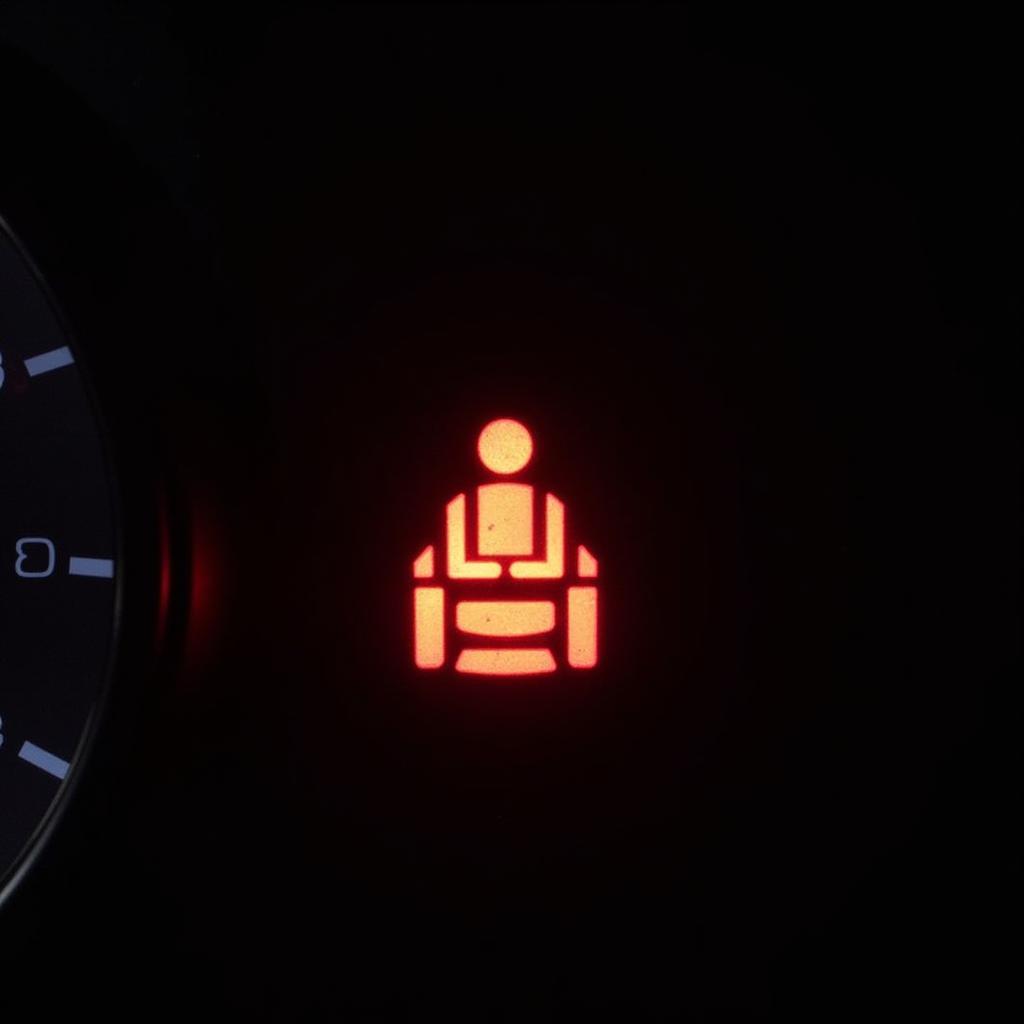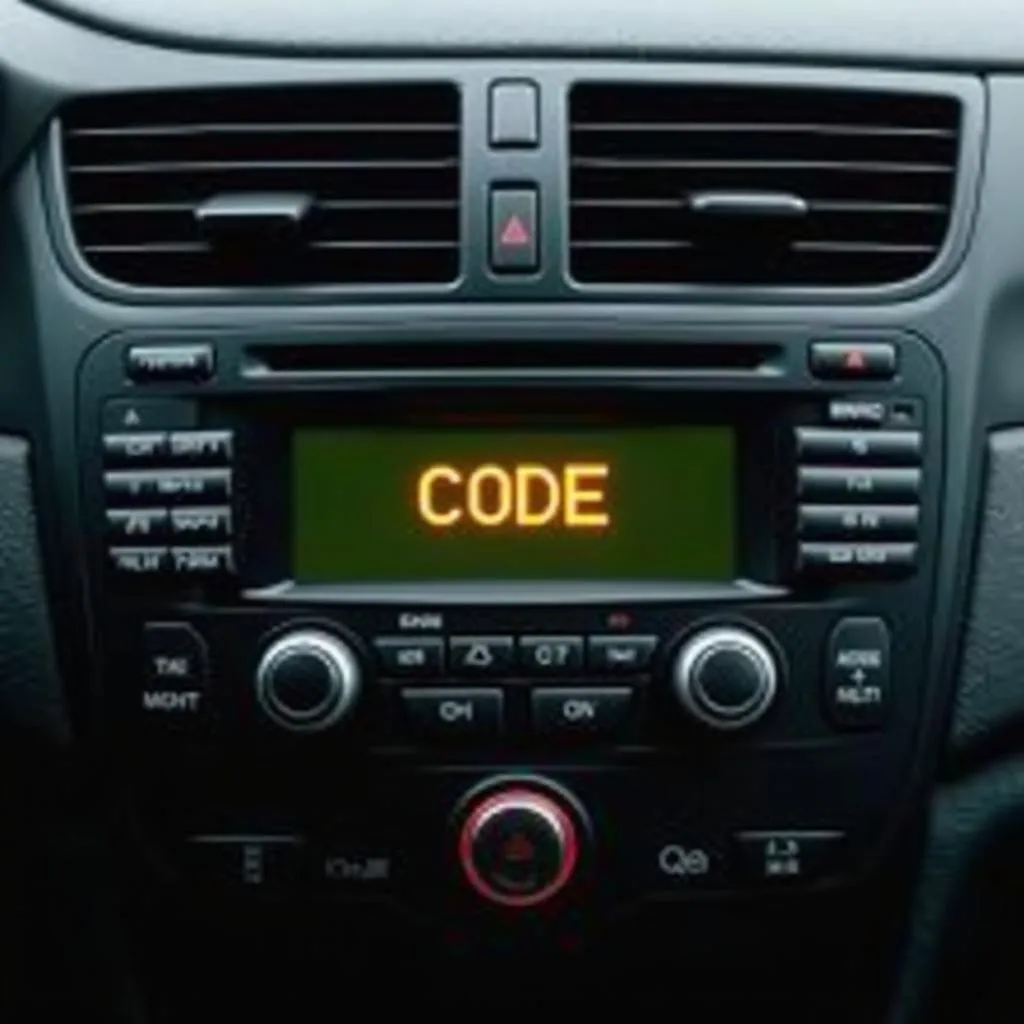The 2015 Audi A6 is a popular luxury sedan known for its sleek design, powerful engine, and advanced technology features. However, like all vehicles, it can experience issues, and one common problem drivers encounter is AdBlue-related errors. This article will guide you through everything you need to know about resetting the AdBlue system in your 2015 Audi A6, from understanding the basics to troubleshooting common problems.
Understanding AdBlue and Its Importance in Your Audi A6
AdBlue is a urea-based fluid that is injected into the exhaust system of diesel vehicles, reducing harmful nitrogen oxides (NOx) emissions. The AdBlue system plays a crucial role in meeting strict emission regulations and ensuring your Audi A6 runs smoothly. When the AdBlue tank runs low or there are issues with the system, your car will display a warning light, and the engine may even enter limp mode.
Common AdBlue Issues and Their Solutions
Here are some common AdBlue-related problems and how to address them:
1. AdBlue Tank Empty or Low
The most common AdBlue issue is simply running out of fluid. This can be solved by refilling the tank with high-quality AdBlue. If the tank is empty, you might need to use a special funnel or syringe to pour the fluid into the tank.
2. AdBlue System Malfunction
If your AdBlue system isn’t working correctly, you might experience errors related to the sensor, pump, or other components. In this case, it is highly recommended to take your car to a qualified mechanic for diagnosis and repair.
3. AdBlue Sensor Error
AdBlue sensors play a critical role in monitoring the fluid level and quality. If the sensor fails, your car’s computer will display a warning light and may limit engine power.
4. AdBlue Pump Failure
The AdBlue pump is responsible for delivering the fluid to the exhaust system. If the pump fails, AdBlue won’t be injected, leading to errors and potential engine damage.
Resetting the AdBlue System
While resetting the AdBlue system is not always necessary, it can help clear some error codes and address minor issues. However, before attempting to reset the system, consult your Audi owner’s manual for specific instructions.
“It’s always a good idea to check your owner’s manual for the most accurate and up-to-date information on resetting the AdBlue system.” – John Smith, Certified Audi Technician
Here are some general steps for resetting the AdBlue system:
- Turn off the engine.
- Locate the AdBlue tank under the hood.
- Remove the AdBlue cap.
- Add high-quality AdBlue to the tank, ensuring you don’t overfill it.
- Replace the AdBlue cap.
- Start the engine and run it for a few minutes.
- Turn off the engine and wait for a few seconds.
- Restart the engine and observe the warning light.
The warning light should now be off, but if it remains lit, it’s essential to consult a professional mechanic for diagnosis and repair.
FAQ
Q: How often should I check my AdBlue levels?
A: It’s best to check your AdBlue levels every 500-1000 miles, especially if you drive long distances.
Q: What happens if I don’t reset the AdBlue system?
A: Your car may continue to experience errors, and the engine may enter limp mode, limiting power and fuel efficiency.
Q: Can I use any type of urea solution as AdBlue?
A: No, only certified AdBlue should be used. Using other types of urea solutions can damage your AdBlue system.
Q: What happens if the AdBlue system is not working properly?
A: If the system is not working properly, you may experience engine performance issues, and your vehicle may fail emissions testing.
Q: Can I add AdBlue myself, or do I need to go to a mechanic?
A: You can add AdBlue yourself; however, if the warning light persists, it’s best to consult a mechanic to diagnose and repair the underlying problem.
Conclusion
Understanding the AdBlue system in your 2015 Audi A6 is crucial for ensuring optimal performance and compliance with emissions regulations. By addressing AdBlue issues promptly and resetting the system as needed, you can maintain a smooth and enjoyable driving experience. Remember to refer to your owner’s manual for specific instructions, and consult a professional mechanic if you encounter persistent errors or require further assistance.


